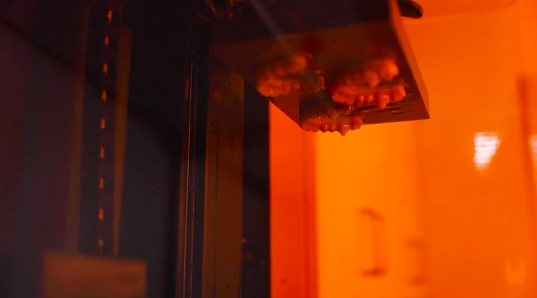3D Printers
You’ve probably heard a lot about 3D printers. As the devices enter the 2nd and even 3rd generation, they’re moving from bleeding-edge technology to the mainstream. While there are several different models and technologies available, there are only a few that are well-suited to orthodontic applications. Learn about the key criteria to consider as you are evaluating options and view side-by-side comparisons of both desktop and high-capacity printers from TechSelect Partners.
Evaluation Criteria
AAO’s Committee on Technology (CTECH) recommends using the following criteria to evaluate 3D printers.
Workflow and training:
Does the manufacturer offer on-site training and do you need this?
Initial costs:
AAO TechSelect partners offer best available price to AAO members through TechSelect. There are a range of printer prices in the printer category.
Ongoing costs:
Consider options that include resin/basement tray and resin (material the printer uses for the model). Focus on per-model cost, while including some waste. Can you accurately print hollow models which yield approximately 33% material savings per print?
Accuracy (x-y and z-axis):
Remember that printer accuracy on all major models is acceptable for most orthodontic applications. AAO CTECH has established a standard of 150 micron x-y accuracy (pixel size or minimum laser spot size) and the ability to print at or below 100 microns in z-axis. Not all printers are equally accurate, and your personal tolerance for accuracy may determine the best printer. Scan yourself and ask a colleague to print a model or create your own retainer to judge the fit.
Efficiency:
Evaluate the potential print volume per day of the printer you are considering against your estimated volume.
Post-processing needed and average time:
Post processing is directly related to labor cost. Determine the recommended time for alcohol bath, curing and cost of curing device. Print speed varies by size of model. Consider both horizontal model “flat” speed and vertical model “St. Louis Arch style” speed. Printing vertically yields higher volume of models per print cycle and increases labor efficiency.
Build platform size:
The larger the build platform the more models you can print at a time.
Print capacity (# of models):
Make sure the manufacturer represents a range, as output this can vary by model size and consider both horizontal and vertical.
Range of available resins:
All TechSelect Partners allow efficient printing of models for retainer and aligner fabrication. In addition, many printers have alternative resins that are FDA-approved for intraoral use. This potentially includes printing of splints, indirect bonding (IDB) trays, and even direct printing of brackets.
Ability to use third party resins:
Many 3D printers require the use of their proprietary resin. Third party resins may offer a cost savings, but be aware additional time and energy may be needed to adjust the printer settings for ideal prints.
Printing technology:
Consider the printing technology is used. Stereolithography/laser printing is the slowest speed and least-expensive printers. Digital light projection offers midlevel speed and investment. cDLM (Continuous Digital Light Manufacturing) is the fastest and highest investment.
Tech support:
Consider the level of support for printing (chat, email, phone, phone wait times). Speak to colleagues about experiences with support and review warranty costs.
